Creating Light and Fluffy Baked Goods: The Role of Bubbles in Batter and Dough
Sep 11, 2023 By Triston Martin
Advertisement
You've likely enjoyed light and airy baked goods that seem to melt in your mouth with each bite. But have you ever wondered what gives muffins, cakes, and bread that soft, spongy texture? The secret lies in the bubbles. Bubbles are small air pockets that form throughout batters and doughs during mixing and baking.
They are essential for creating baked goods with a light and fluffy crumb. Several factors influence how bubbles form and whether they remain stable in the finished product. Understanding the role of bubbles is key to crafting the perfect light and airy treat.
Get to Know About Bubbles in Batter
Bubbles in batter are pockets of air or gas trapped in a liquid or semi-solid medium. In batters and doughs, bubbles are essential for creating light and airy baked goods.
Bubbles, those tiny air or gas pockets within liquids or semi-solids, hold a fascinating role. In the realm of batters and doughs, they emerge as essential architects of airy baked goods. Upon heating, these bubbles experience expansion, causing the bubbles in batter or dough to gracefully rise.
As baking progresses, the structure around these bubbles solidifies, anchoring them in place. The result? Bread, cakes, and pastries boast a signature soft, spongy, and fluffy texture. It's these very bubbles that counteract density, ensuring these treats remain pleasingly light and indulgent.
Bubbles also dictate the spread and rise of baked goods. More leavening agents lead to thinner, crispier cookies, while less results in thicker, chewier ones.
Intriguingly, bubbles influence flavor and browning. Baking powder and baking soda can alter taste. Their reactions with acidic ingredients affect browning—faster for a golden hue with baking powder and slower for a paler shade with baking soda.
Factors Influencing Bubble Formation
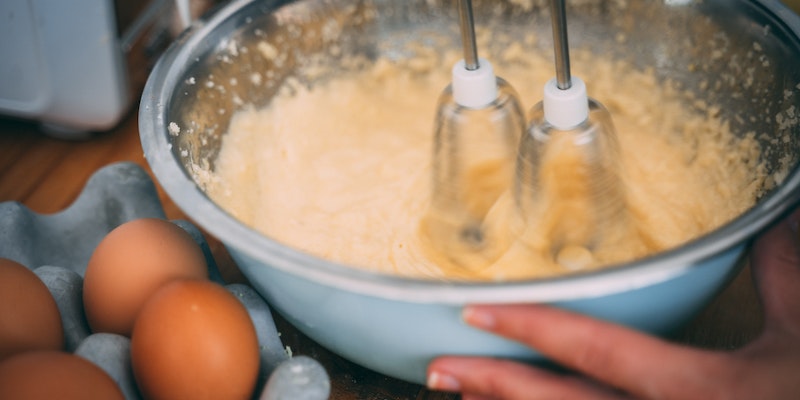
Several factors influence bubble formation and stability in batters and doughs:
Leaveners
Chemical leaveners like baking soda and baking powder produce carbon dioxide gas when mixed with moisture and heat, creating bubbles. Yeast also produces bubbles by fermenting carbohydrates.
Aeration
Beating or whisking a batter introduces air bubbles. Eggs, especially when separated, also help aerate a batter.
Viscosity
A batter's thickness, or viscosity, affects how well it can trap bubbles in batter. A thinner batter may have more bubbles that escape during baking, while a thicker batter is better able to retain bubbles, producing a lighter product. Adding flour, cornstarch, or eggs increases viscosity.
Gluten development
In yeast doughs, kneading develops gluten, a protein that gives dough elasticity and structure. The gluten network traps bubbles as the dough rises and bakes, resulting in an airy loaf of bread.
Grasping the role of bubbles and what factors promote them, you'll be whipping up light and fluffy baked goods in no time. Muffins, pancakes, waffles, cakes, and bread will turn out perfect every time.
Why Are Bubbles Important for Baked Goods?
Bubbles play a vital role in creating the desired lightness and texture in baked goods. By incorporating air, it produces bubbles in doughs, which contribute to the rise and fluffiness of cakes, breads, and pancakes, preventing them from becoming heavy.
These bubbles can be formed through various methods, such as using chemical leaveners like baking soda, yeast fermentation, or even the mechanical action of beating or whipping batters. One notable technique is the creaming method, which involves incorporating air into butter and sugar, resulting in bubbles that give cakes their characteristic elevation.
The formation and stability of bubbles depend on several factors, including the ratios of leavening agents, ingredient temperatures, and the intensity of mixing. To ensure the integrity of the bubbles, stabilizers like eggs, flour, and starch come into play. They protect the bubbles, allowing them to hold their form during baking.
Without these stabilizing elements, bubbles may deflate, leading to flat and unappetizing baked goods. However, when bubbles fulfill their role, they work behind the scenes, creating the tantalizing fluffiness we savor in baked treats, making every bite a delightful experience.
Maximizing Bubble Formation and Stability for Light and Fluffy Baked Goods
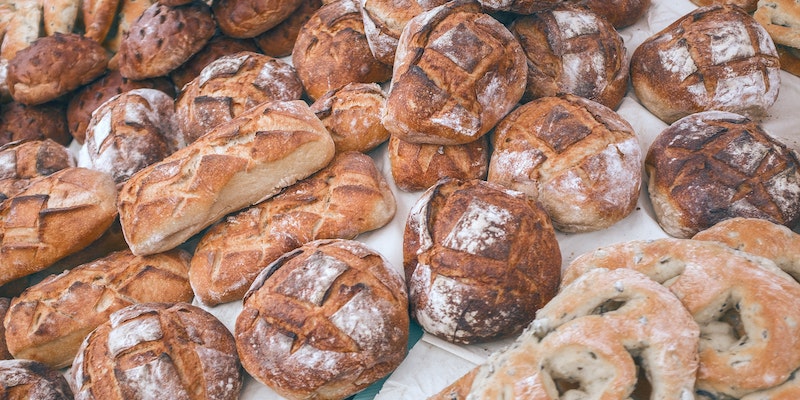
In baking, bubbles are essential for creating light and airy textures. sAs the batter or dough is heated, the bubbles expand, causing the structure to rise. Some baked goods rely entirely on bubbles for leavening, while others use them in combination with chemical leaveners or yeast.
Maximizing Bubble Formation
To maximize bubble formation, several factors must be optimized:
Ingredients: Use ingredients that naturally produce gasses, such as baking powder, baking soda, yeast, or whipped egg whites.
Manipulation: Physically manipulate the batter or dough to incorporate air, such as creaming butter and sugar, whisking egg whites, or kneading yeast dough.
Temperature: The ideal temperature range depends on the leavening agent. Yeast thrives around 80-90 F, while whipped egg whites need to be at room temperature. Baking soda and powder work best at average room temperature.
Humidity: Yeast requires moisture to activate, so the dough should feel tacky but not sticky. Egg whites whip best in low humidity.
Timing: Get the batter or dough into the oven before the bubbles start to break down. Yeast dough should be shaped just before the final rise is completed. Egg whites must be baked immediately after whipping.
Gentle handling: Avoid over-mixing or rough handling, which can break down bubbles. Gently fold in add-ins and whip/knead just until incorporated.
Conclusion
Creating bubbles is more than just mixing ingredients together. You now know that creating light and airy baked goods requires understanding the complex interactions between ingredients and the chemical reactions that form bubbles. Bubbles give your bread, cakes, and pancakes the soft, fluffy texture we all know and love.
Controlling factors like temperature, mixing method, and ingredient ratios allows you to become an expert bubble creator in your kitchen. Next time you make a batch of cookies or whip up waffle batter, take a second to appreciate the tiny bubbles that make each bite melt in your mouth. Hope by now, you have found answer to “How bubbles form?”
Advertisement
-
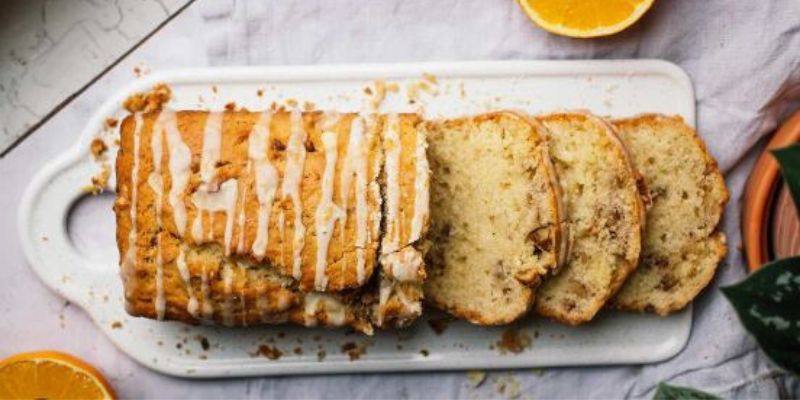 Sep 06, 2023
Sep 06, 2023Everything you Need to know about Vegan Orange Olive Oil Cake
Discover the zesty delight of a vegan orange olive oil cake. Indulge in a citrus-infused, dairy-free dessert with plant-based ingredients that's both flavorful and ethical
-
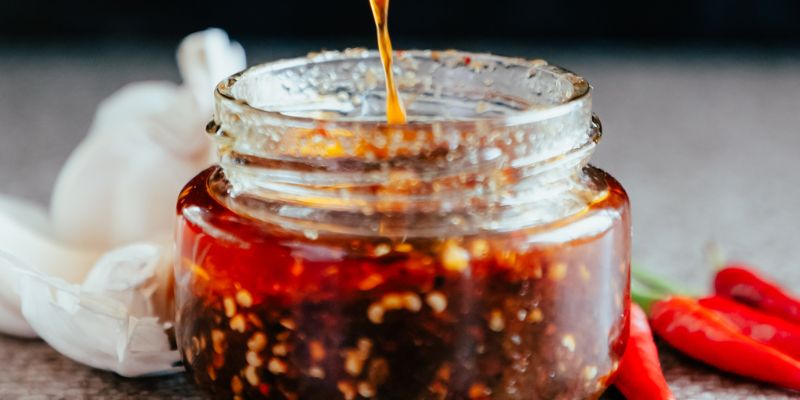 Sep 03, 2023
Sep 03, 2023How to Make Fermented Hot Sauce: A Step-By-Step Guide
Find out how to make fermented hot sauce for an easy approach to improve the flavor. This recipe has several positive health effects due to its high probiotic content
-
 Sep 16, 2023
Sep 16, 2023Does Asparagus Make Pee Smell Weird? The Science Behind Asparagus Pee
Do you want to learn why asparagus makes your pee smell weird, how it affects different people, and what you can do about it. This article outlines the facts!
-
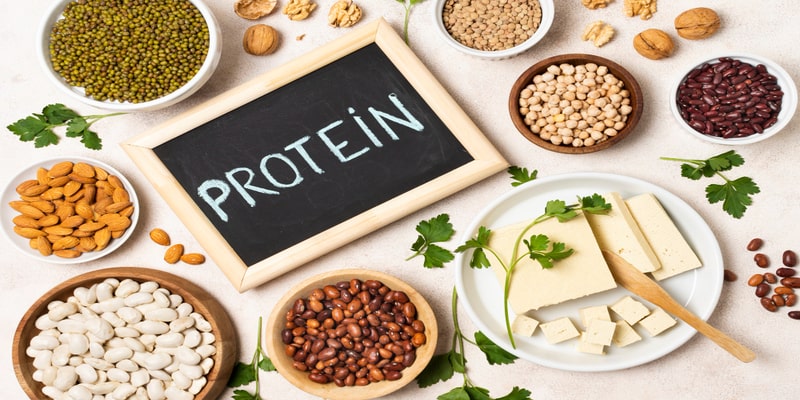 Sep 27, 2023
Sep 27, 2023Top 10 Natural Sources of Protein to Keep You in Best Shape
Are you looking for the best natural sources of protein? Discover the top 10 in our ultimate guide to stay in shape!
